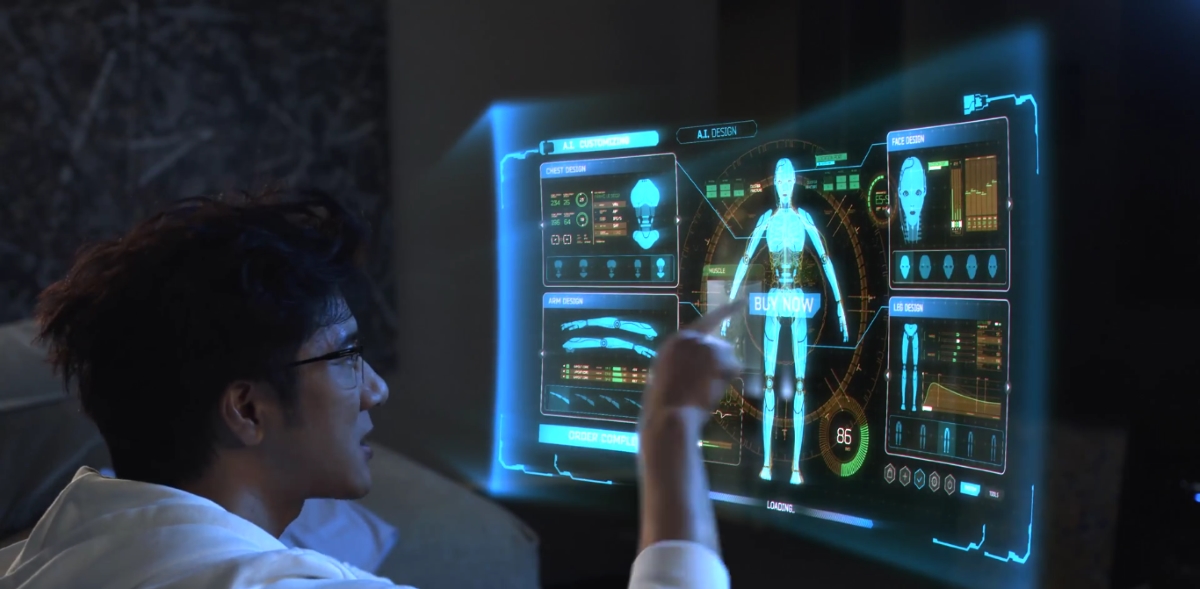Source: Thailand Medical News Dec 07, 2019 5 years, 4 months, 1 week, 11 hours, 22 minutes ago
Presently,
colorectal cancer is the second most common type of
cancer worldwide, with about 90% of cases occurring in people 50 or older. Arising from the inner surface, or muscosal layer, of the colon, cancerous cells can penetrate through the deeper layers of the colon and spread to other organs. Left untreated, the disease is fatal.

Conventional
colon cancer screening is performed by flexible colonoscopy. The procedure involves visual inspection of the mucosal lining of the colon and rectum with a camera mounted on an endoscope. Abnormal appearing areas are then biopsied for analysis. Although this is the current standard of care, it does have its shortcomings. First, this technique relies on visual detection, but small lesions are hard to detect with the naked eye, and early malignancies are often missed. Second, visual endoscopy can only detect changes in the surface of the bowel wall, not in its deeper layers.
Dr Quing Zhu, professor of biomedical engineering in the McKelvey School of Engineering at Washington University in St. Louis, and Dr Yifeng Zeng, a biomedical engineering doctoral student, are developing a new imaging technique that can provide accurate, real-time, computer-aided diagnosis of
colorectal cancer.
Utilizing
AI and
deep learning, a type of machine learning, researchers used the technique on more than 26,000 individual frames of imaging data from colorectal tissue samples to determine the method's accuracy. Compared with pathology reports, they were able to identify tumors with 100% accuracy in this pilot study. This is the first project using this type of imaging combined with machine learning to distinguish healthy colorectal tissue from precancerous polyps and cancerous tissue. Results appear in advance online publication in the journal Theranostics.
The diagnostic based investigational technique is based on optical coherence tomography (OCT), an optical imaging technology that has been used for two decades in ophthalmology to take images of the retina. However, engineers in the McKelvey School and elsewhere have been advancing the technology for other uses since it provides high spatial and depth resolution for up to 1- to 2-millimeter imaging depth. OCT detects the differences in the way health and diseased tissue refract light and is highly sensitive to precancerous and early
cancer morphological changes. When further developed, the technique could be used as a real-time, noninvasive imaging tool alongside traditional colonoscopy to assist with screening deeply seated precancerous polyps and early-stage
colon cancers.
Dr Zhu, the paper's senior author who also is a professor of radiology at the Mallinckrodt Institute of Radiology at Washington University School of Medicine told
Thailand Medical News, "We think this technology, combined with the colonoscopy endoscope, will be very helpful to surgeons in diagnosing
colorectal cancer. More research is necessary, but the idea is that when the surgeons use colonoscopy to examine the colon surface, this technology could be zoomed in locally to help make a more accurate di
agnosis of deeper precancerous polyps and early-stage
cancers versus normal tissue."
Dr Zhu and her team collaborated with Dr Matthew Mutch, MD, chief of colon and rectal surgery; Dr William C. Chapman Jr., MD, a resident in colon and rectal surgery; and Dr Deyali Chatterjee, MD, assistant professor of pathology & immunology, all at the School of Medicine.
Dr Zeng, the paper's lead author, began using OCT two years ago as a research tool to image samples of
colorectal tissue removed from patients at the School of Medicine. He observed that the healthy colorectal tissue had a pattern that looked similar to teeth. However, the precancerous and cancerous tissues rarely showed this pattern. The teeth pattern was caused by light attenuation of the healthy mucosa microstructures of the
colorectal tissue.
Dr Zeng began working with another graduate student, Shiqi Xu, who earned a master's in electrical engineering from McKelvey Engineering in 2019 and is co-first author on the paper, to train RetinaNet, a neural network model of the brain where neurons are connected in complex patterns to process data, to recognize and learn the patterns in the tissue samples. They trained and tested the network using about 26,000 OCT images acquired from 20 tumor areas, 16 benign areas and six other abnormal areas in patient tissue samples. The diagnoses predicted by this system were compared with evaluation of the tissue specimens using standard histology. Pathology residents Zahra Alipour and Heba Abdelal assisted with the comparison. The team found a sensitivity of 100% and a specificity of 99.7%.
Dr Zeng commented, "The unique part of our system is that we could detect a structural pattern within the image. Using OCT, we are imaging something that we can find a pattern across all normal tissues. Then we can use this pattern to classify abnormal and cancerous tissue for accurate diagnosis."
Dr Zhu, Dr Zeng and the team, in collaboration with Dr Chao Zhou, associate professor of biomedical engineering, are now developing a catheter that could be used simultaneously with the colonoscopy endoscope to analyze the teeth-like pattern on the surface of the colon tissue and to provide a score of probability of
cancer from RetinaNet to the surgeons.
Dr Zeng added, "Right now, we can obtain the feedback in 4 seconds. With further development of computation speed and the catheter, we can provide the feedback to surgeons in real-time."
Reference: Zeng Y, Xu S, Chapman W, Li S, Alipour Z, Abdelal H, Chatterjee D, Mutch M, Zhu Q. Real-time colorectal cancer diagnosis using PR-OCT with deep learning. Theranostics 2019; advance online publication. doi:10.7150/thno.40099. 